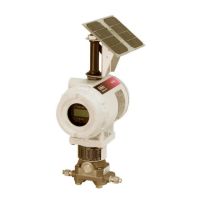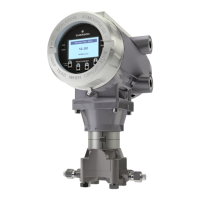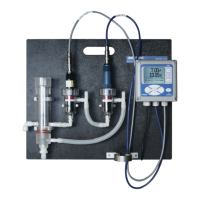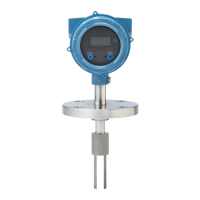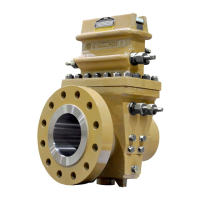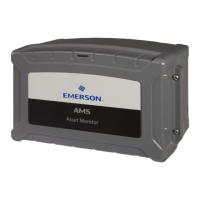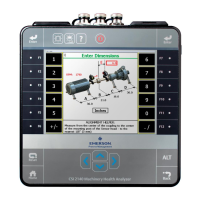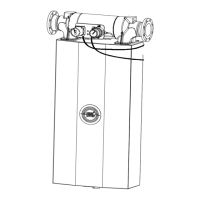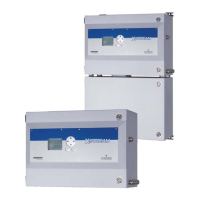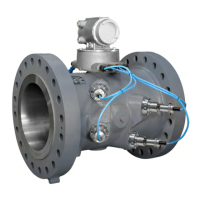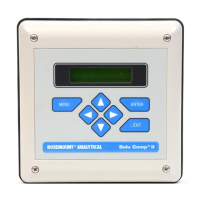FloBoss 103/104 Instruction Manual
Revised August-2017 Installation and Use 2-3
2.2.2 Site Requirements
Careful consideration in locating the FB100 on the site can help prevent
future operational problems. Consider the following when choosing a
location:
▪ Local, state, and federal codes often place restrictions on monitoring
locations and dictate site requirements. Examples of these
restrictions are fall distance from a meter run, distance from pipe
flanges, and hazardous area classifications.
▪ Locate the FB100 to minimize the length of signal and power
wiring.
▪ When using solar-powered FB100s, orient solar panels to face due
(not magnetic) south in the Northern hemisphere and due (not
magnetic) north in the Southern hemisphere. Make sure nothing
blocks the sunlight from 9:00 am to 4:00 pm.
▪ Locate antennas for radio and cellular communications with an
unobstructed signal path. If possible, locate antennas at the highest
point on the site and avoid aiming antennas into storage tanks,
buildings, or other tall structures. Allow sufficient overhead
clearance to raise the antenna.
▪ To minimize interference with radio or cellular communications,
locate the FB100 away from electrical noise sources, such as
engines, large electric motors, and utility line transformers.
▪ Locate the FB100 away from heavy traffic areas to reduce the risk of
being damaged by vehicles. However, provide adequate vehicle
access to aid in monitoring and maintenance.
2.2.3 Compliance with Hazardous Area Standards
The FB100 without optional mast kit has hazardous location approval
for Class I, Division 1, Groups C to D exposures. The FB100 also has a
Class I, Division 2, Groups A, B, C & D approval. The Class, Division,
and Group terms are defined as:
▪ Class defines the general nature of the hazardous material in the
surrounding atmosphere. Class I is for locations where flammable
gases or vapors may be present in the air in quantities sufficient to
produce explosive or ignitable mixtures.
▪ Division defines the probability of hazardous material being present
in an ignitable concentration in the surrounding atmosphere.
Division 1 locations are presumed to be hazardous. Division 2
locations are areas where gas, dust or vapors can exist under
abnormal conditions.
▪ Group defines the hazardous material in the surrounding
atmosphere. Groups A to D are defined as:
o Group A – Atmosphere containing acetylene, gases or vapors of
equivalent hazards.
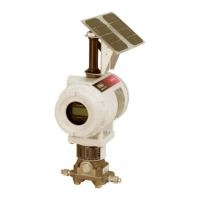
